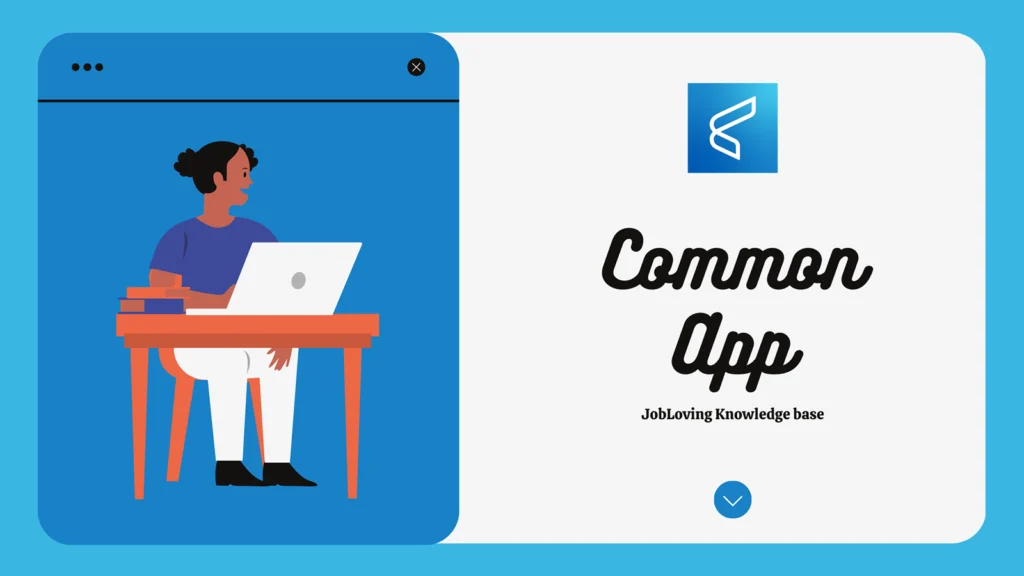How to Calculate the True Cost of College: Unveiling the Hidden Fees of the Common App
So, you’re about to embark on the thrilling adventure of applying to college. You’ve dreamt of this moment, envisioned yourself strolling across a hallowed campus, maybe even wearing a graduation cap with a tassel that says “I Survived!” But before you get swept up in the excitement, let’s talk about the elephant in the room: the cost.
The Common App: A Free Platform, But Not a Free Ride
You might think, “Great, the Common App is free! That’s a win for my wallet!” Hold your horses, future scholar. While the platform itself is indeed free, it’s just the tip of the iceberg. Think of it like a free buffet with unlimited plates, but each dish has a separate price tag.
The Hidden Fees: A College Application Budget Breakdown
Let’s break down the real cost of applying to college through the Common App:
- The Application Fee: Each college you apply to charges its own application fee, usually between $30 and $75 for U.S. applicants. For international applicants, the price can be even higher. So, if you’re applying to 10 schools, you’re looking at a potential $300 to $750 in application fees.
- The Fee Waiver: Don’t despair! There’s a superhero in this story: the Common App Fee Waiver. This magical tool waives the application fee for any college you apply to. To access it, simply answer “Yes” to the fee waiver statement in the Common App’s Personal Information section and provide some additional information.
- The Catch: While the Common App Fee Waiver is a lifesaver, it’s not a magic wand that eliminates all costs. You still need to pay for other things like:
- Test Scores: SAT or ACT exams, which can set you back a few hundred bucks, depending on how many times you need to take them.
- Transcripts: Schools might charge a fee for sending official transcripts, even if the Common App sends them for free.
- Supplemental Applications: Some colleges might require additional applications, essays, or portfolios, which could involve more fees.
- The Financial Aid Application: Even after getting that coveted acceptance letter, you’ll need to fill out the Free Application for Federal Student Aid (FAFSA) and potentially the CSS Profile, which are free but require time and effort.
Are You Ready to Do the Math?
So, let’s say you’re dreaming of attending 10 schools, and you need to pay the average application fee of $50 per school. That’s a hefty $500 right there! Factor in the SAT or ACT fees, transcript fees, and any potential supplemental application costs, and you’re looking at a significant chunk of change.
Don’t Forget the “Hidden” Costs
But there’s more! The real cost of college extends beyond application fees and test scores. Here are some of the “hidden” costs that you might not think about:
- Campus Visits: Travelling to visit potential colleges can be expensive, especially if you’re flying across the country.
- College Application Software: Some students use paid college application software to help them manage their applications.
- College Counseling: Working with a college counselor can be invaluable, but it can also cost you a pretty penny.
The Common App: A Necessary Evil
Look, the Common App is a tool, and like any tool, it has its advantages and disadvantages. Its biggest advantage is that it simplifies the application process by allowing you to apply to multiple schools with one application. Plus, many top colleges use it, so it’s a must-have for most applicants.
However, the Common App isn’t perfect. Here are a few of its downsides:
- Limited to 20 Schools: You can only apply to a maximum of 20 schools through the Common App.
- Platform Crashes: The Common App is known for crashing during peak times, like right before deadlines.
- Not All Schools Use It: Some colleges still require separate applications, which can be a real pain.
Navigating the Maze: Tips for Saving Money
Here are some tips for navigating the common app and trying to save some money:
- Apply Early: Applying early can sometimes reduce the amount of stress and confusion.
- Explore Fee Waivers: Look for colleges that offer their own fee waivers.
- Take Advantage of Free Resources: Take advantage of free resources like online college search tools and scholarship databases.
- Find Free Test Prep: There are many free test prep resources available online and at your local library.
- Consider Community College: Community colleges offer a more affordable way to get your first two years of education.
The Bottom Line: College is an Investment
Remember, applying to college is an investment in your future. While the costs can seem daunting, don’t be overwhelmed. Do your research, explore your options, and don’t be afraid to ask for help.
Need More Help?
If you’re still feeling overwhelmed with the college application process, don’t hesitate to reach out to the JobLoving community for help. We’re here to guide you through the maze, offering resources and advice to help you find the best colleges for you.

